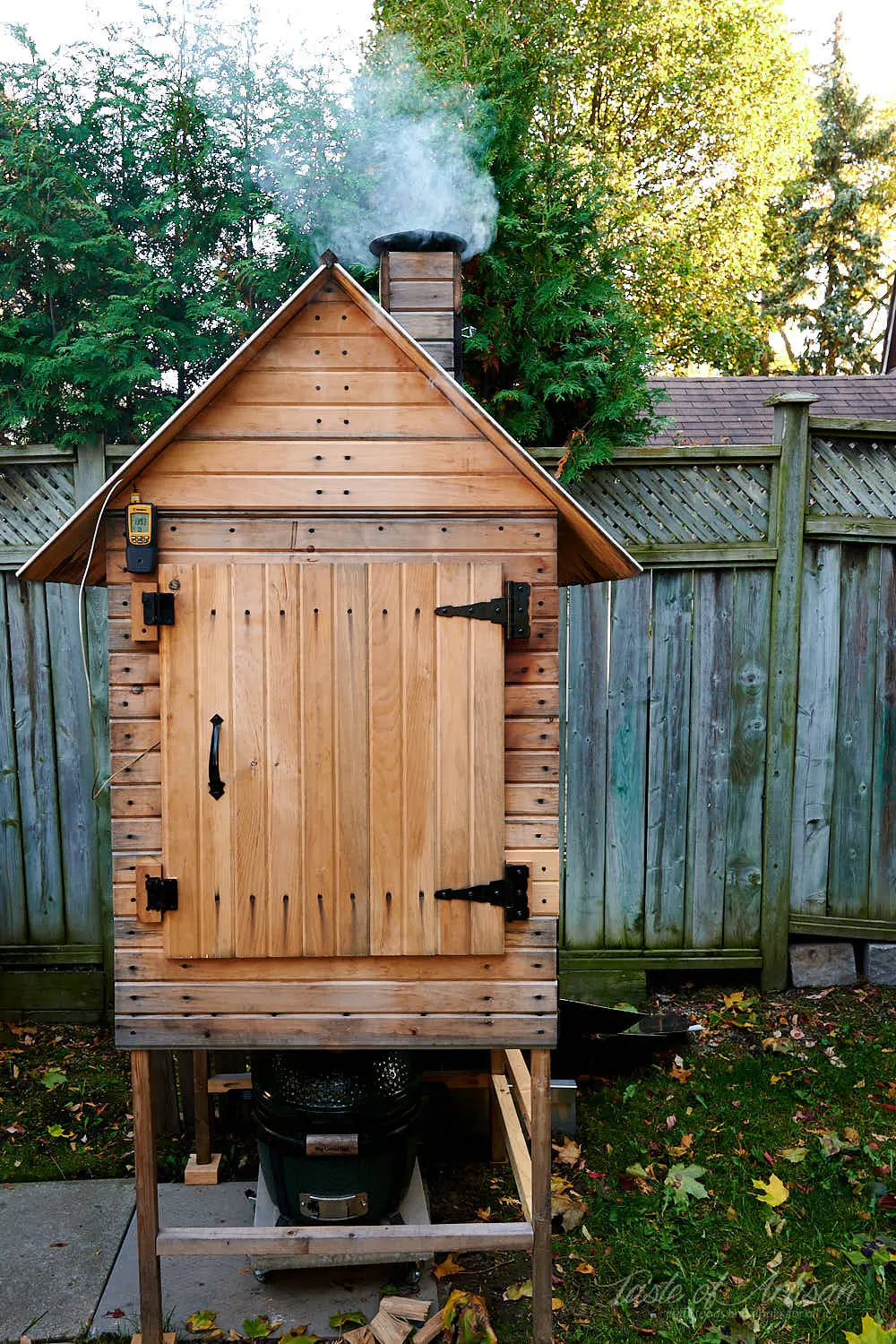When it comes to smoking meat, having the right equipment is essential. One crucial component of a smoker is the firebox. In this article, we will delve into what a firebox is, its importance, and how it contributes to the smoking process.

What is a Firebox on a Smoker?
A firebox is a dedicated compartment in a smoker where the fire is built and maintained. It is typically located on the side or below the main cooking chamber. The firebox houses the fuel source, such as wood or charcoal, and provides the necessary heat and smoke to cook the meat.
Importance of a Firebox
The firebox plays a crucial role in the smoking process. It ensures the consistent flow of heat and smoke, which is essential for cooking the meat evenly and infusing it with a smoky flavor. Without a properly designed firebox, the smoker may struggle to maintain a steady temperature, resulting in unevenly cooked meat.
Types of Fireboxes
There are two main types of fireboxes commonly used in smokers:
- Offset Firebox: This type of firebox is located on the side of the smoker, forming an offset chamber. The heat and smoke travel from the firebox into the main cooking chamber, creating indirect heat for slow cooking. Offset fireboxes are popular among pitmasters for their versatility and ability to maintain a consistent temperature.
- Vertical Firebox: Vertical smokers have a firebox located below the main cooking chamber. They rely on gravity to allow the heat and smoke to rise into the cooking chamber. Vertical fireboxes are often used in commercial smokers and are known for their efficiency and space-saving design.
Building and Maintaining a Fire in the Firebox
Building and maintaining a fire in the firebox requires attention to detail. Here are some essential steps to follow:
- Choosing the Right Fuel: Selecting the right fuel is crucial for achieving the desired flavor. Popular options include hardwoods like oak, hickory, and mesquite, as well as charcoal.
- Arranging the Fuel: Properly arranging the fuel in the firebox is important for airflow and heat distribution. It is recommended to create a small pyramid or stack the wood in a crisscross pattern to allow oxygen to circulate.
- Lighting the Fire: Use a chimney starter or electric starter to ignite the fire. Avoid using lighter fluid as it can impart unwanted flavors to the meat.
- Maintaining the Fire: Regularly monitor the fire and make adjustments as needed to maintain the desired temperature. Adding more fuel or adjusting the airflow can help regulate the heat.
Frequently Asked Questions
Q: Can I use any type of wood in the firebox?
A: It is recommended to use hardwoods like oak, hickory, and mesquite for smoking. These woods impart a distinct and desirable flavor to the meat.
Q: How often should I add more fuel to the firebox?
A: The frequency of adding more fuel depends on several factors, including the size of the firebox, the cooking time, and the desired temperature. It is best to monitor the fuel levels and add more as needed to maintain a consistent heat source.

Q: Can I use charcoal instead of wood in the firebox?
A: Yes, charcoal can be used as a fuel source in the firebox. It provides a convenient and consistent source of heat for smoking meat.
In Conclusion
The firebox is an integral part of a smoker, responsible for generating the necessary heat and smoke to cook meat to perfection. Understanding how to build and maintain a fire in the firebox is essential for achieving delicious and smoky results. Whether you opt for an offset or vertical firebox, proper fuel selection and fire management are key. Now that you have a better understanding of the smokehouse firebox, you can confidently embark on your next smoking adventure!
If you want to know other articles similar to Smokehouse firebox: the ultimate guide you can visit the Smokers category.


Related Articles